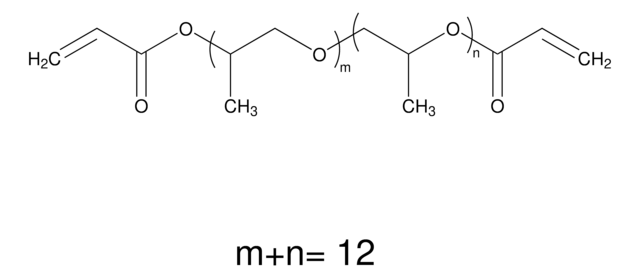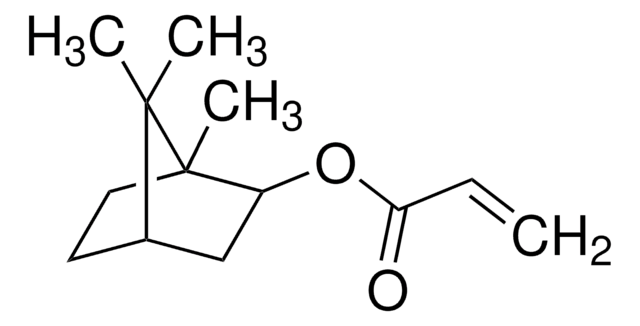246808
Trimethylolpropane triacrylate
contains monomethyl ether hydroquinone as inhibitor, technical grade
Sinônimo(s):
TMPTA
About This Item
Produtos recomendados
grau
technical grade
densidade de vapor
>1 (vs air)
pressão de vapor
<0.01 mmHg ( 20 °C)
contém
monomethyl ether hydroquinone as inhibitor
índice de refração
n20/D 1.474 (lit.)
densidade
1.1 g/mL at 25 °C (lit.)
cadeia de caracteres SMILES
CCC(COC(=O)C=C)(COC(=O)C=C)COC(=O)C=C
InChI
1S/C15H20O6/c1-5-12(16)19-9-15(8-4,10-20-13(17)6-2)11-21-14(18)7-3/h5-7H,1-3,8-11H2,4H3
chave InChI
DAKWPKUUDNSNPN-UHFFFAOYSA-N
Descrição geral
Aplicação
- Poly(trimethylolpropane triacrylate/Al(PTMPTA/Al) nanocomposites by in situ solution polymerization.
- Cross-linkable acrylamide/crotonic acid water retainer hydrogels.
- Polymer electrolyte for dye-sensitized solar cells.
Palavra indicadora
Warning
Frases de perigo
Declarações de precaução
Classificações de perigo
Aquatic Acute 1 - Aquatic Chronic 1 - Carc. 2 - Eye Irrit. 2 - Skin Irrit. 2 - Skin Sens. 1
Código de classe de armazenamento
10 - Combustible liquids
Classe de risco de água (WGK)
WGK 2
Ponto de fulgor (°F)
382.1 °F - closed cup
Ponto de fulgor (°C)
194.5 °C - closed cup
Equipamento de proteção individual
Eyeshields, Faceshields, Gloves, type ABEK (EN14387) respirator filter
Certificados de análise (COA)
Busque Certificados de análise (COA) digitando o Número do Lote do produto. Os números de lote e remessa podem ser encontrados no rótulo de um produto após a palavra “Lot” ou “Batch”.
Já possui este produto?
Encontre a documentação dos produtos que você adquiriu recentemente na biblioteca de documentos.
Os clientes também visualizaram
Nossa equipe de cientistas tem experiência em todas as áreas de pesquisa, incluindo Life Sciences, ciência de materiais, síntese química, cromatografia, química analítica e muitas outras.
Entre em contato com a assistência técnica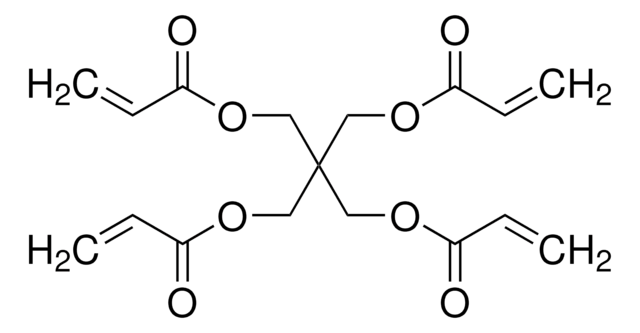
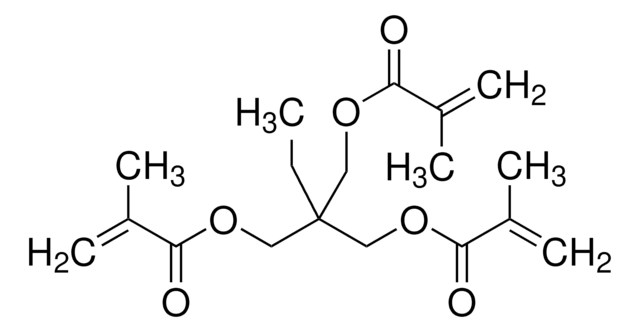

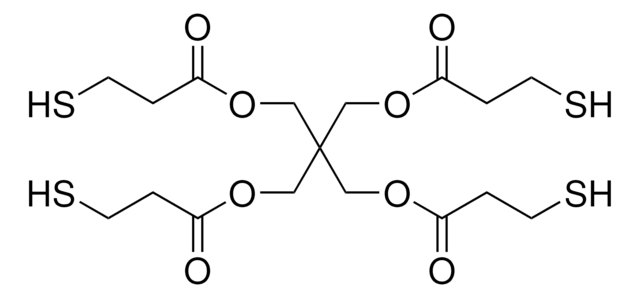
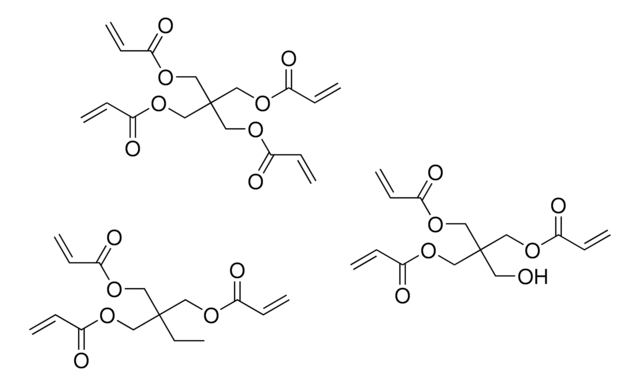
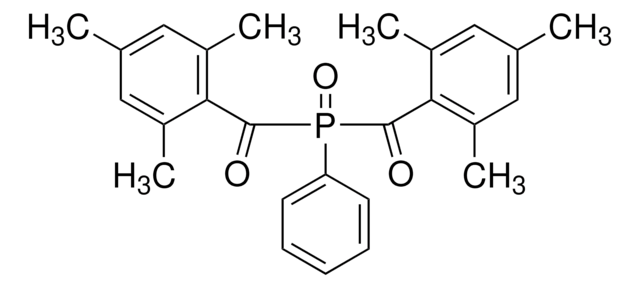


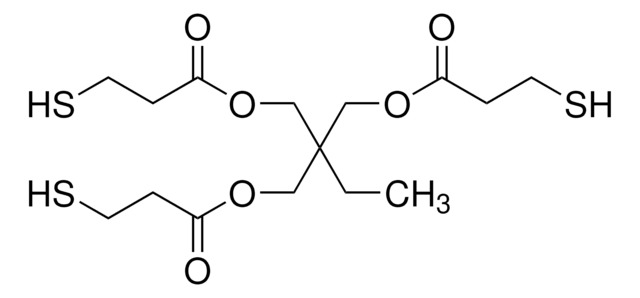





![Tris[2-(acryloyloxy)ethyl] isocyanurate](/deepweb/assets/sigmaaldrich/product/structures/254/494/1a620abc-8043-457f-92ec-87a959682438/640/1a620abc-8043-457f-92ec-87a959682438.png)
